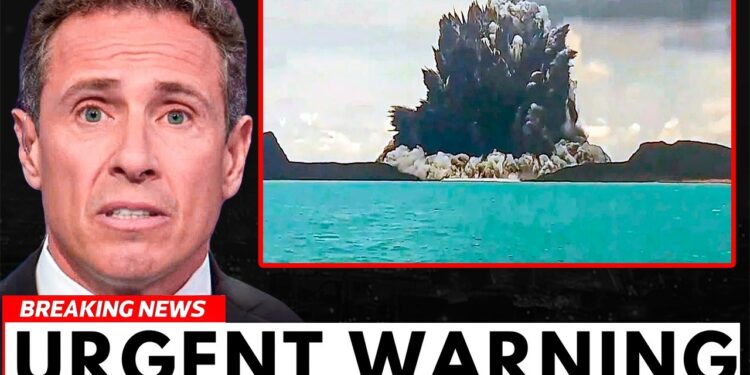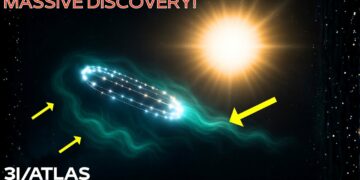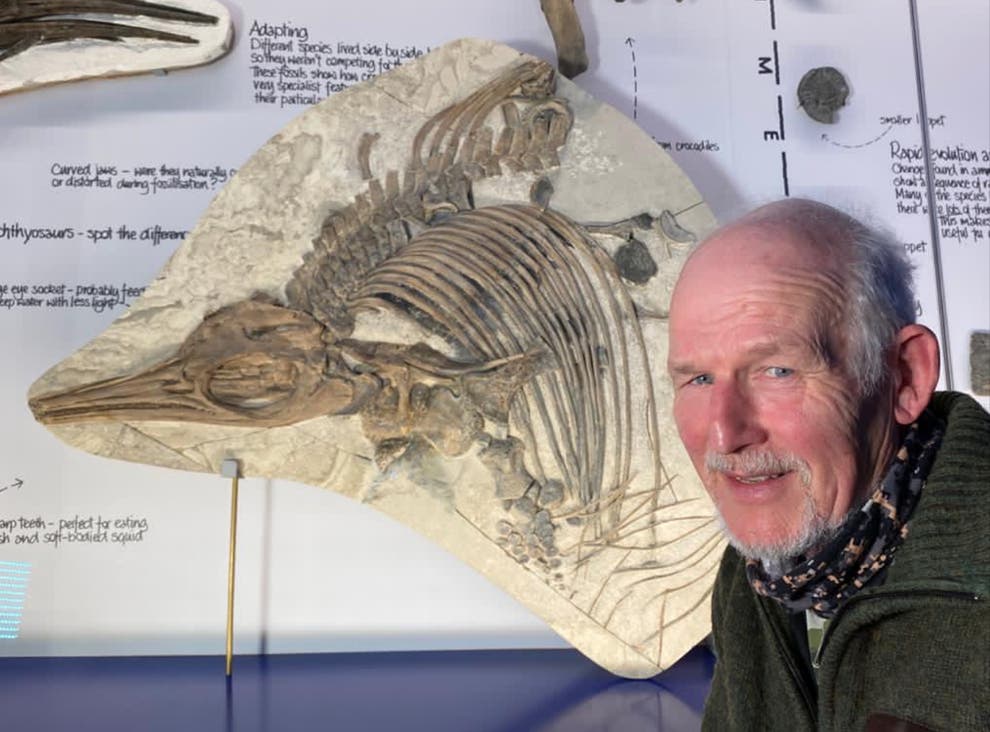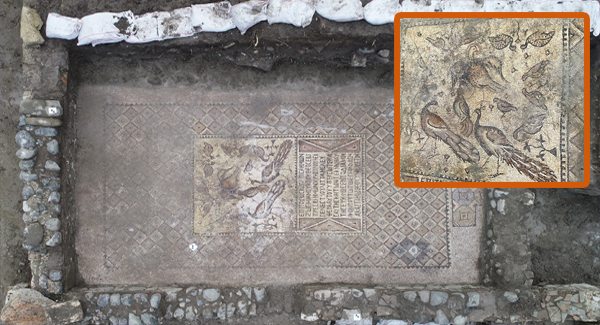A massive underwater volcanic eruption near the Challenger Deep in the Mariana Trench has triggered a tsunami that struck Tonga and prompted tsunami advisories for the U.S. West Coast and Alaska. This extraordinary event, one of the most significant geological phenomena in modern history, has sent seismic shockwaves globally and unveiled new insights into Earth’s dynamic processes.
The Mariana Trench and the Eruption
Located in the Western Pacific, the Mariana Trench stretches over 1,500 miles and plunges to nearly 36,000 feet at the Challenger Deep, the ocean’s deepest point, where extreme pressures create an alien-like environment. Known for its hydrothermal vents, unique ecosystems, and geological formations, the trench lies along the Pacific Ring of Fire, a region hosting 75% of the world’s volcanoes and 90% of its earthquakes. Here, the Pacific Plate subducts beneath the Philippine Sea Plate, generating magma and frequent seismic activity.
This eruption began with deep-sea earthquakes detected by ocean floor instruments, initially thought to be routine tectonic activity. However, the seismic intensity escalated, with rapid changes in water temperature and chemistry signaling magma movement. At over 20,000 feet deep, the seabed ruptured, releasing a torrent of molten magma, superheated gases, and ash. The explosion’s force sent shockwaves across the Pacific, registered globally on seismometers, and formed a massive underwater plume extending miles into the water column. Unlike typical submarine eruptions, its scale and location near the Challenger Deep make it unprecedented, offering a rare glimpse into Earth’s interior processes.
Geological and Ecological Impacts
The eruption has begun forming a proto-island, with sonar scans revealing a growing volcanic ridge on the seafloor. If sustained, this structure could eventually surface, joining volcanic islands like Iceland or Hawaii. The event has disrupted the trench’s extreme ecosystems, burying hydrothermal vent communities under ash and debris. While some species face extinction, others may adapt, and cooling magma could create new habitats for corals and sponges, showcasing nature’s cycle of destruction and renewal.
The release of gases like carbon dioxide, sulfur dioxide, and methane is altering ocean chemistry, potentially causing acidification that threatens coral reefs and shell-forming organisms, impacting fisheries. Nutrient-rich volcanic material is fueling algal blooms, which may deplete oxygen and create dead zones. The eruption’s scale raises concerns about tsunamis, as underwater landslides or volcanic collapse could displace water, generating destructive waves. Coastal Pacific communities remain on high alert.
Scientific and Global Significance
A multinational effort using remotely operated vehicles and underwater drones is studying the eruption, collecting samples and mapping the seafloor. The magma’s high content of rare earth elements, vital for technologies like smartphones and renewable energy, has sparked mining interest, though deep-sea extraction raises environmental concerns. The eruption also informs our understanding of Earth’s mantle and subduction zones, critical for studying plate tectonics and planetary evolution.
Globally, the release of gases and particles could influence weather, ocean currents, and the carbon cycle, interacting with human activities like emissions and overfishing. The event underscores Earth’s unpredictability, highlighting humanity’s vulnerability and the need to understand these forces to coexist sustainably.
A Call to Action
This eruption near the Challenger Deep is a testament to Earth’s power and complexity, reigniting debates about humanity’s relationship with nature. It emphasizes the need for continued oceanographic research to unlock the mysteries of the deep sea while balancing exploration with conservation. The event challenges scientists, policymakers, and communities to address natural disaster preparedness, resource extraction ethics, and sustainable living on a dynamic planet.
This unfolding story of transformation and discovery captivates the world, reminding us of our connection to Earth’s processes. As research continues, new findings will deepen our understanding of this geological phenomenon, shaping our approach to the planet’s future. The eruption is a window into Earth’s beauty and power, a call to explore, understand, and protect our shared world.























